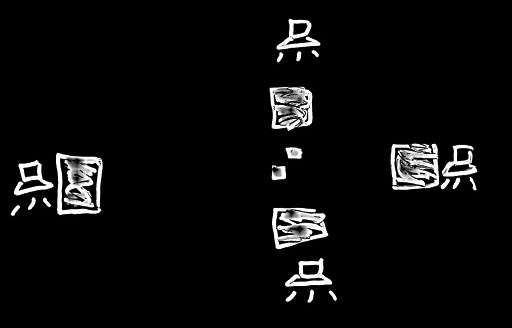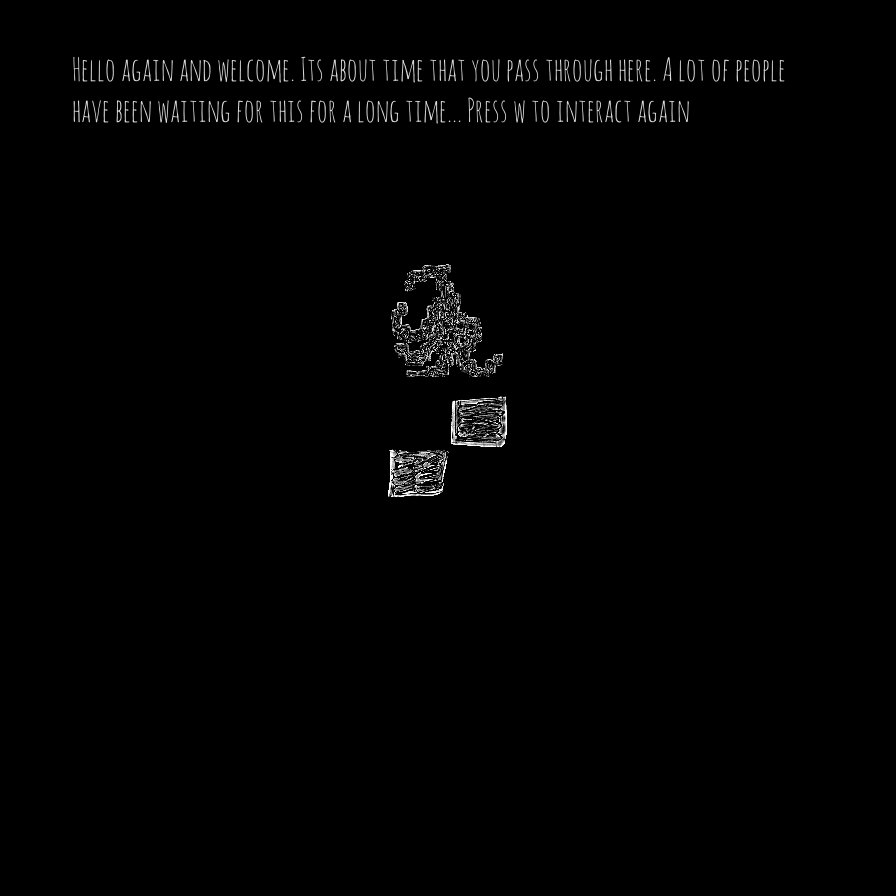About Sound Labyrinth
Sound Labyrinth is an experiment in creating an accessible video game which can be used right out of the box by users with a variety of sensory abilities. The game aims to provide the same experience to all players regardless of vision or hearing level. We achieved this through creating a game where players navigate the world through echolocation.
 Due to the limits of communicating information audibly, a player is limited to only being able to see in the direction they are looking. The player will use pings to gather information on their surroundings. Pings are sent out using the arrow keys, and the player will hear a ping returned with the volume indicating the distance and see a wall appear on the screen and slowly disappear. The player can then navigate the maze using the WASD keys.
Due to the limits of communicating information audibly, a player is limited to only being able to see in the direction they are looking. The player will use pings to gather information on their surroundings. Pings are sent out using the arrow keys, and the player will hear a ping returned with the volume indicating the distance and see a wall appear on the screen and slowly disappear. The player can then navigate the maze using the WASD keys.

The story of Sound labyrinth is that your character is stuck in limbo and in order for them to atone for their misdeeds in life they must help other souls stranded in limbo make peace with themselves so they may pass on on to the afterlife. The current implementation of the game contains some scene setting and a small maze for the user to navigate to get a taste for the experience of the game, however more content and a more detailed experience/story will be added in the future.
Ethical considerations
In the process of making an accessible video game we had to consider the ethical implications of our work and the ethical impact that we might have. We strove to create inclusive game play, however we acknowledge that our game is still not accessible to everyone. We did not develop a tactile interface for people who need to experience their world in this manner, this would be a future improvement which can be made for the project however it is not something we had the time to complete for the scope of this project. The game can eventually be updated to provide a broader range of accessible features to service other user groups.
The story of the game deals with some weighty concepts including proposing questions about what the meaning of death is and the nature of an afterlife. The game is intended as a work of fiction which provides some concepts for the user to think about themselves. However it should be mentioned that this game is not intended for children.
The characters in this game are designed to appear as inhuman spirits. This allows them to be interpreted solely on their their motivations and regrets rather than being judged based on divisive human features, such as race or gender. An added benefit of this depiction is that the characters can be representative of any person and can allow users to more easily draw parallels between the characters and themselves.
Ethical solutions/ future improvements that can be made.
We have discussed several further developments which can be added to the game to provide a better experience for a broader range of people. What follows are a selection of proposed features which did not make it into the current iteration of the game but can be added in further iterations.
- Key rebinding: This allows users with impaired dexterity and mobility to remap the control inputs to a method which better suits their abilities.
- Text resizing: This allows users with low vision to resize the text on their screen to make it more readable.
- Tactile feedback: This allows users to play the game via tactile vibrations and can open up the game to be played by more users who’s abilities limit them to tactile experiences such as the user group who suffers from both severe visual and severe auditory impairments.
- Internationalization: Currently the game and content surrounding it is only presented in English. The game could service a broader range of users by supplying internationalization of the content.
- Implementing options or alternative fonts: The font used currently in the game contributes significantly to the style of the game, however it can be difficult to read for users with dyslexia or other similar impairments. A font chooser would allow the style of the game to be preserved for most users while providing the option to change the font for these users.
- Red/yellow color scheme: Users with cortical visual impairment respond more to metallic reds and yellows which seem to have more visual interest for these users, as a result a color scheme can be provided which tailors to this user group by changing the colors of the game to be presented in this color format.
Further feature implementation
Other than the features described above for increasing accessibility in the game, we have other planned features for the game which are listed below.
- We would like to add more NPC characters to expand upon the story of the game and increase game play length
- We would like to add items which the player must bring to entities to help solve their quests
- We would like to add different sounds for different types of objects to audibly reflect the changes in object type which are displayed on the screen
- we would like to add an ending to the story so the player can actually win the game.
- we would like to add character descriptions as the first dialogue line of interaction with a character to provide visually impaired users with flavor text about the shapes of characters and items in the world
- different voices for NPCs
- full 3D audio using binural audio algorithms
- background ambiance music for atmospheric effect
- more wall structures and objects lying in the world for changes of scenery, environmental storytelling, and landmarks for navigation.